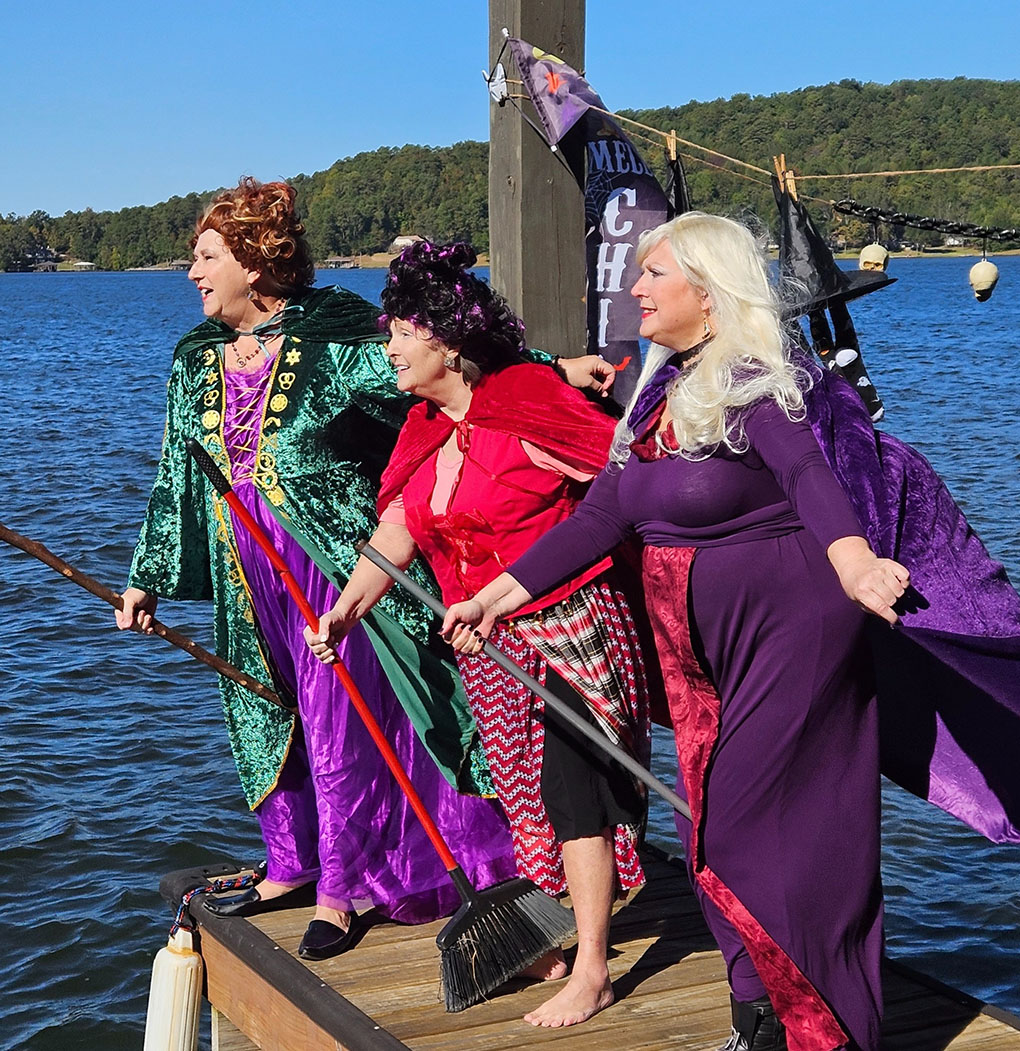The lost art of letter writing
Published 8:45 am Friday, November 20, 2015

- Tara Crisan Sweatt
Recently, while putting away the T-shirts and sundresses to make room for attire of heavier material, I came across an envelope in the bottom of my chest of drawers. It was postmarked September 2009. Inside was a handwritten letter on decorative stationery. I remembered receiving it, but not the contents. With the excitement of a child finding a favorite toy long ago accepted as lost, I immediately sat in the floor and reread the letter from one of my oldest and dearest friends, Amy Wilson-Reilly.
The references to our vastly different lives and much younger children took me back to those days of yore. Memories that had become vague with the passing of time became a vivid private picture show in my mind. It made me smile and then a little misty, thinking of the days when letter writing was an art form, before emails, texts, tweets, voicemails, texts, Instagram, and however else the young are communicating these days.
Trending
Please do not misunderstand, Gentle Reader, that I am anti-progress. I had visions of the 21st century of a child. They included traveling by jet packs and a robotic servant. But never, even in my wildest dreams, did I dream of anything so divine as the ability to ask my phone even the most obscure question and have an instant answer. No one can argue the positive impact of advancements in the medical advancements, technology that has increased our public servants to better protect the citizens of their jurisdictions and our soldiers to protect us all or the environmentally friendly nature of paperless communication.
With no small sense of shame, I admit that, though I answered Amy’s letter, I write letters only to older relatives who want no part of today’s technical advances, and even then only on holidays and birthdays and holidays. A text or an email is so much easier and it provides the immediate gratification our society increasingly seeks. But can we find them at the bottom of our dresser drawer and be reminded of forgotten times in our own lives? Do we get that feeling of seeing an envelope in the mail of our own name in the center and that of a dear friend in the upper right hand corner?
And how much poorer and more ignorant a place the world would be if history’s most famous statesmen, soldiers to their superior officers, and history’s greatest couples-just to name a few-had it not been for snail mail? In high school, I read a letter from Abigail Adams to her husband, John Adams, second president of the United States. It was composed while he was drafting the Declaration of Independence with our other forefathers. It taught me that women of her time and class spent their time and energy on more than planning parties, lacing corsets and making sure their alabaster skin never saw the sun.
“If particular attention is not paid to the ladies, we are determined to foment a rebellion. And we will not hold ourselves bound by any laws in which we have had no voice or representation.” (The spelling and grammar was different, but the words are the same.)
“What an amazing woman!” I thought. “How ahead of her time!” Since then, I’ve devoured every piece of literature on her I have found. Doubtlessly others have been as influenced by different historical figures for reasons of their own. Thank Heaven and the years before the technology that brought us the delete button.
While it is highly unlikely – I don’t like to say impossible when who knows what the future holds – that our own letters will have such an impact on so many. And is not reasonable to expect a letter to expect it to change their lives. But it gives them that feeling of flattery, of being a little bit special that someone took the time to write them a handwritten letter, pay the ever increasing price of a stamp, and walk to the mailbox just to send them a little piece of history.
I have a great aunt who keeps the love letters her husband wrote her during their courtship in the ‘60s from Vietnam. Just the sight of that bundle of yellowed, tattered envelopes bound with a blue satin ribbon suggest they are precious to someone. And, I’ve no doubt that in the event of fire, famine, pestilence, or plague, she would save those letters before the family china, silver, the cat might even be expected to fend for himself.
So, the next time an old friend or relative crosses your mind, though you might be tempted to call, find some quality paper. If you don’t own any stationery, you should. Find your favorite pen. I recommend a fine point felt tip, but to each his own. Fill it with your thoughts and experiences since you last spoke. Contribute to a pile that might just be bound by a blue satin ribbon one day.


